Over at CrimeRocket II I’ve been doing a day-by-day recap of this case [follow #1yearagotodayCW or on Twitter at #yearagotodayCW]. The time machine is a useful, and powerful methodology to analyze these cases, in particular the hard-to-see family dynamics.
Journalism is great when it’s providing reports at the time, especially in the hours and first few days after a crime. But then the media gets afflicted with its typical ADD and it becomes lazier and less effective over the long term. Over the even longer term, this laziness can lead to a lack of accuracy, and eventually can start to distort or impinge on the facts as they happened. Here’s a case in point.
Chris Watts Update: Neighbor Says They Seemed Like A ‘Normal, Everyday” Family – International Business Times
Going by the headline alone, this looks like a topical update, doesn’t it? Some new news on the Chris Watts case, right? The article is dated July 31st, 2019. In fact the article is recycled from an interview conducted more than six months earlier. CrimeRocket blogged about it at the time.
Dr Oz Interview with Chris Watts’ Neighbor Nate Trinastich: 5 Key Insights
Oxygen also covered it in mid-January 2019:
The Neighbor Who Suspected Chris Watts From The Beginning – Oxygen
And the source is here, which refers to the “original” airing in mid-January 2019:
What Drove Chris Watts to Kill His Family? – Dr. Oz
So what, you might say. An article was resuscitated and recycled six months later, what’s the big deal?
Just this:
In the interview, Trinastich explains that the Watts family seemed like a “normal, everyday” family.
“Shanann was always really friendly. She came over, welcomed us to the neighborhood. The girls were always running around laughing, having a great time,” Trinastich said on the show. Watts, on the other hand, had a different demeanor than Shanann, Trinastich explained. He said, Watts was “real quiet” and sometimes was somewhat “standoffish.”
“There were times where he just didn’t want to wave or didn’t want to say anything, but usually he was nice.” Trinastich told Dr. Oz that Watts and Shanann “didn’t fight any more than any other couple,” but because his home was close to theirs, he could often overhear their arguments.
“They had a couple confrontations that I happened to see, but it was never him being a big, huge monster,” he said. On the day that Shanann and her daughters were murdered, Trinastich can be heard telling police on bodycam footage, according to KCNC-TV, a CBS affiliate in Denver, that he “heard them full out screaming at each other at the top of their lungs.” Trinastich tells the police that Watts “gets crazy.” The couple reportedly was fighting over Watts’ wanting a divorce so he could be with his mistress.
Going by this article, apparently the neighbor thought it was normal for Watts to be standoffish. But it wasn’t normal. He was introverted, yes, but he only became standoffish towards his wife in the first week of August, a week before the murders, while he was in North Carolina [when the neighbor wasn’t present].
It’s also a misappropriation of the facts to say the couple “was reportedly” arguing because he wanted a divorce to be with his mistress. Shan’ann never knew about Kessinger. That was why she murdered – to prevent her from knowing.
In terms of the neighbor’s appropriation of the term, what’s more likely is that by January Trinastich had read some of the discovery, and perhaps heard some of the media reports himself, and so adopted this term standoffish.

The term first enters the media narrative around August 21st, 2018 when Michelle Greer – who saw the couple in Myrtle Beach – thought Watts appeared standoffish.

Then the Daily Beast [citing the Greer account], repeated it ten days later in an excellent article dated August 31st.

There’s also Nickole Atkinson who, though she never uses the term standoffish, refers to the general theme of Watts not acting in a loving manner towards Shan’ann. The way ABC frames it [1:30 in this video], Shan’ann either told her this [which she did, and we know when she did] or Atkinson observed it firsthand [which she likely didn’t]. It’s unfortunate ABC aren’t more clear on the circumstances surrounding Nickole getting this insight.

But there’s also another fairly obscure reference to standoffish. Guess where it comes from?

The standoffish reference in WRAL.com’s account is from Aberdeen, North Carolina, and comes from inside Hair Jazz, the hairdresser where Shan’ann’s mother worked. Ironically it’s Sandi’s co-workers who’re telling the media that Watts appeared standoffish, not Sandi herself.

The date of this article from WRAL.com is August 16th, just three days after the murder and a few hours after Watts’ arrest. It precedes all the media references mentioned above by at least 5 days. It’s even possible Michele Greer, who lives in North Carolina, read or saw the local content and adopted the term herself. Other media rebroadcast this term, some swapping the word standoffish for aloof.

In criminal psychology semantics matter, and there is a world of difference between standoffish [which is distancing] and aloof [which can mean arrogant, which Watts was not, certainly not in an obvious way].
Taken together, what does this all mean? It means the standoffishness took root in North Carolina. This also suggests the premeditation began to germinate there. By quoting, misquoting or appropriating these words, the media collaborate in muddying the timeline, and making it harder to see when things happened. Eventually the narrative becomes so polluted by this mixing process, it requires a True Crime Rocket Scientist to unravel it.










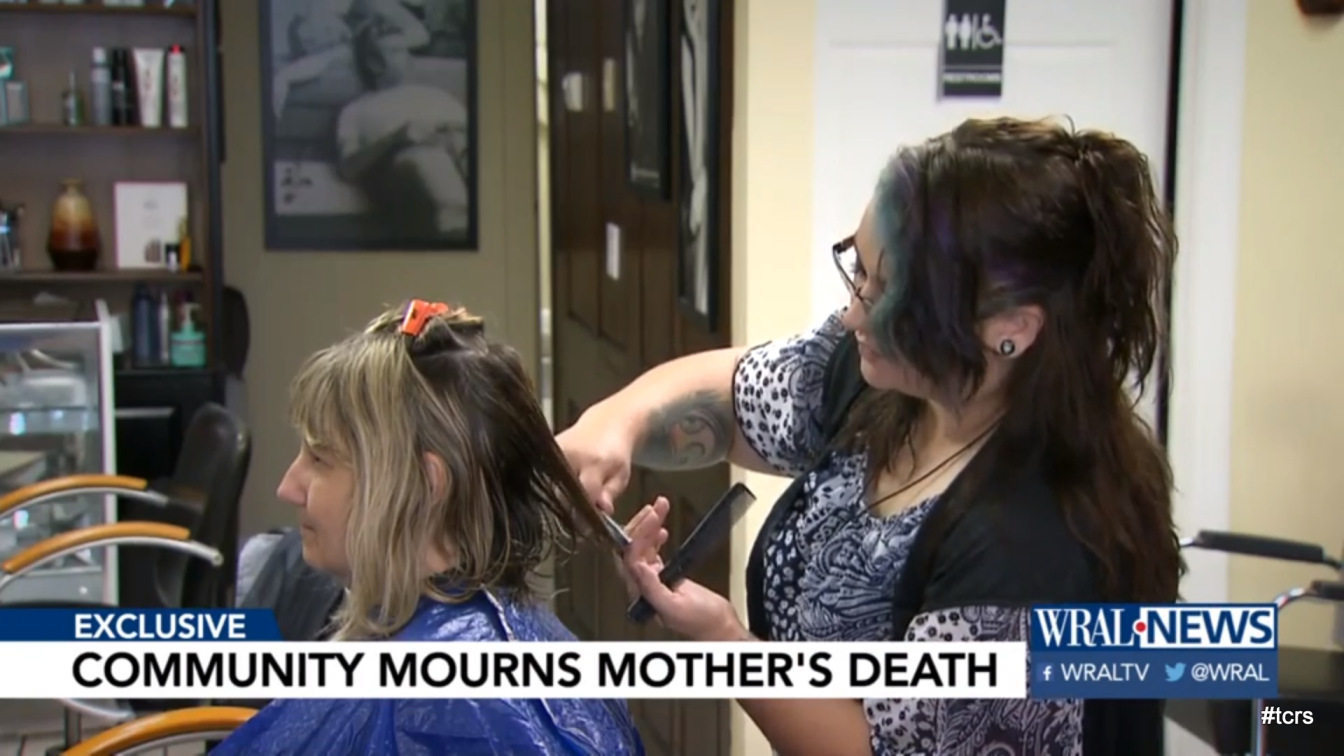

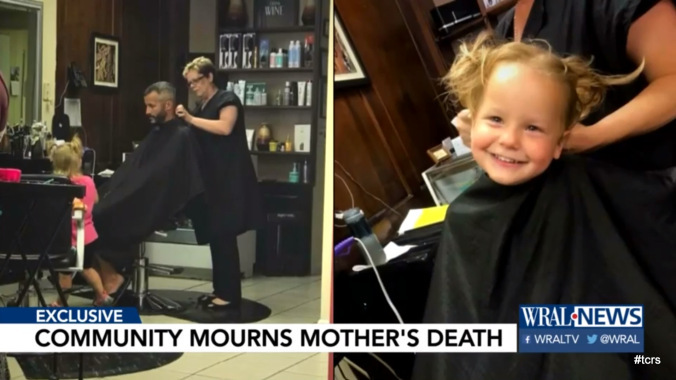

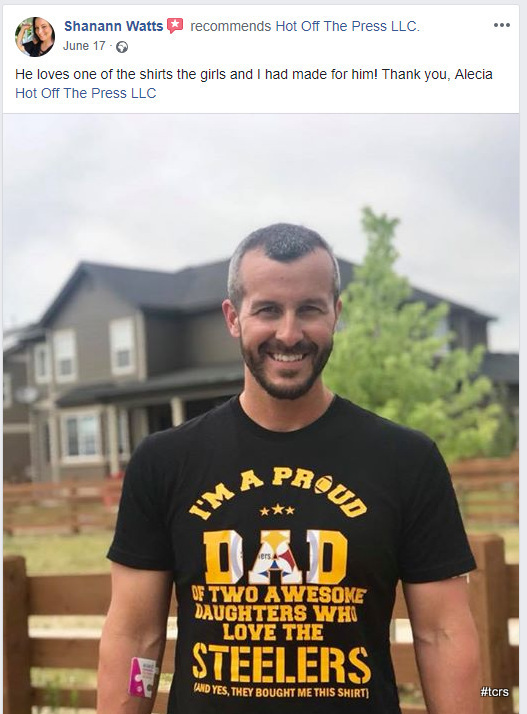
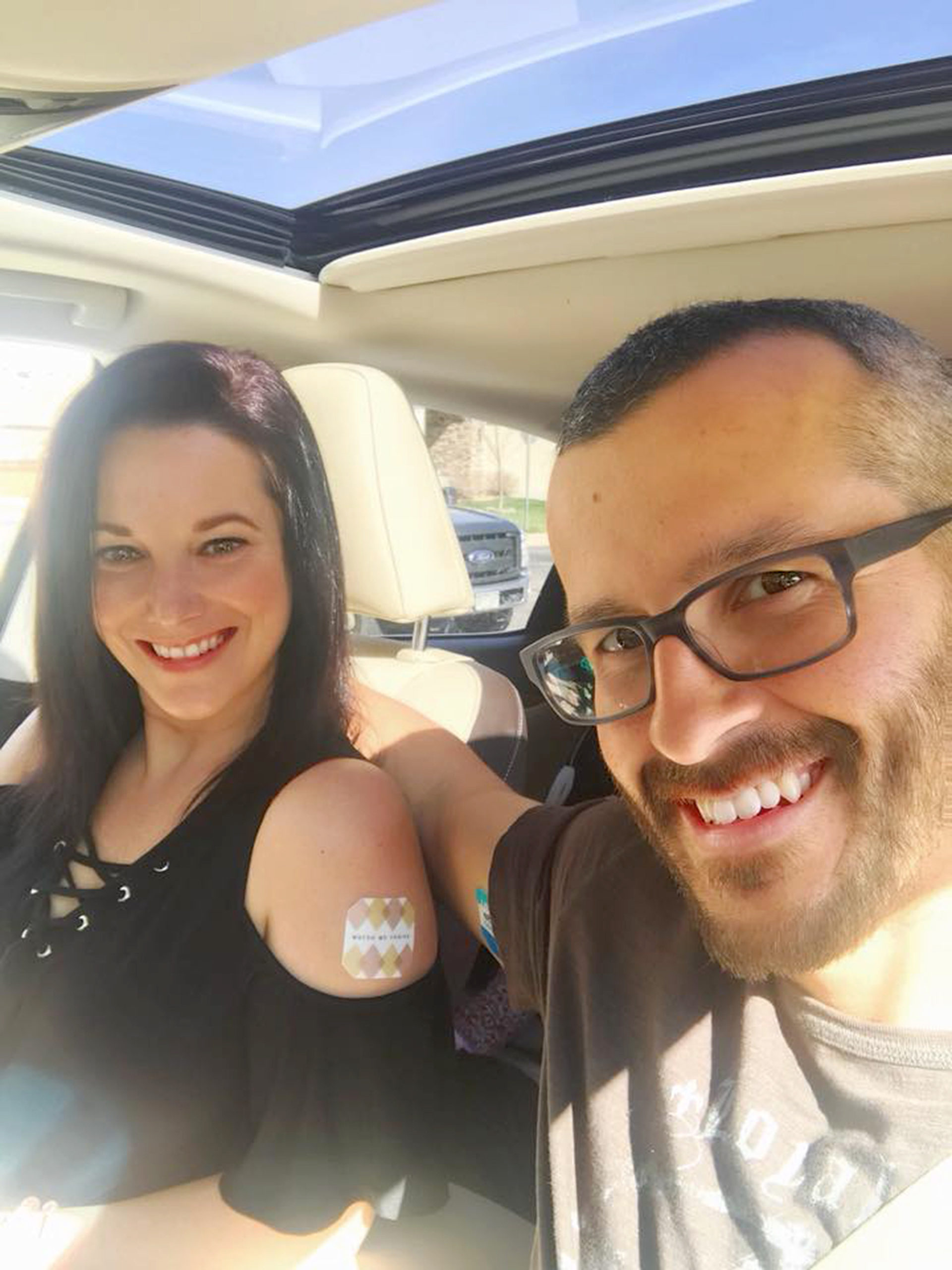


















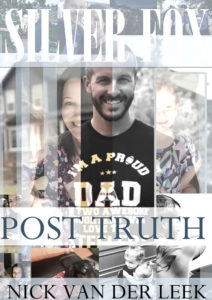










Recent Comments